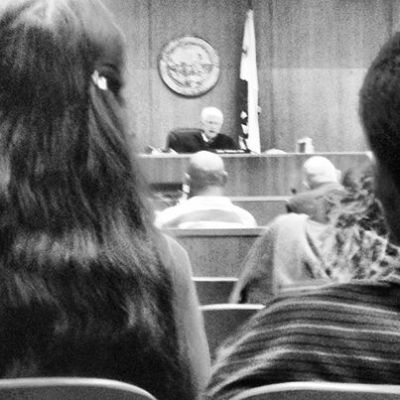We recently had the honor to join the Gideon’s Promise camp in Atlanta, and share our Social Biography Video tool, and other concepts to ensure family and community voice can be included in the court process. This school for young public defenders practicing in the South was featured last year in the HBO aired documentary Gideon’s Army. (Read Raj Jayadev’s piece about the film entitled, “Gideon’s Army Deserves Back Up.”)
Gideon’s Promise is an incredibly inspiring movement of public defender’s that is no doubt a game-changer when it comes to re-imagining indigent defense in this country. We look forward to continue to build with them! Here are a couple flix:

The keynote speaker for the graduation of the recent class of Gideon’s Promise attorneys was Anthony Graves. He did 18 years for a crime he didn’t commit, and had his execution date set twice. Since winning his freedom in 2010, he has dedicated his time to ensuring others do not fall victim to wrongful convictions. (Read the Grio’s coverage of Mr. Graves and Gideon’s Promise here.)

De-Bug’s ACJP shared examples of our Social Biography Video tool. The defender’s were very appreciative, and we are trying to identify ways we can start these in the South!






